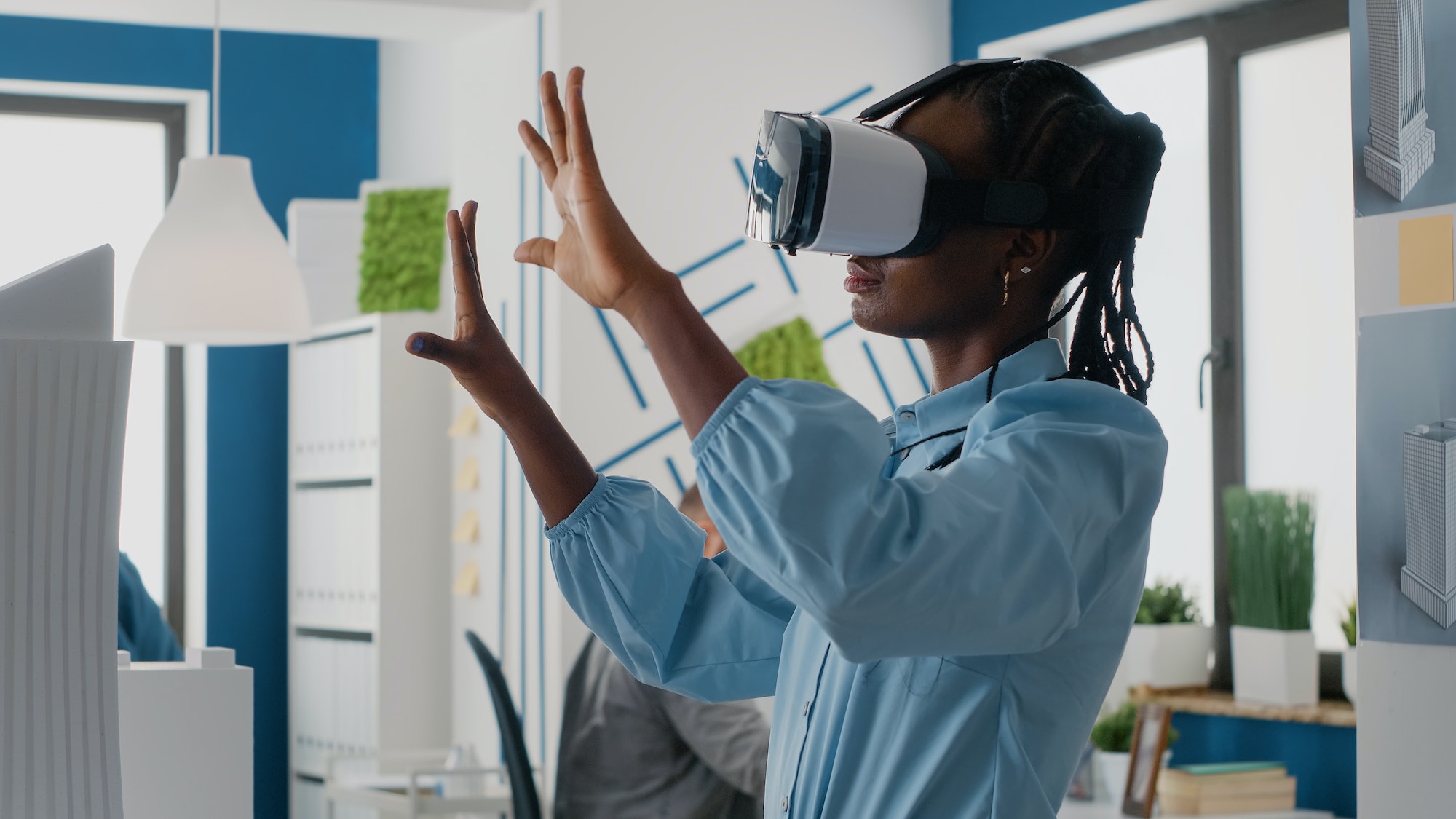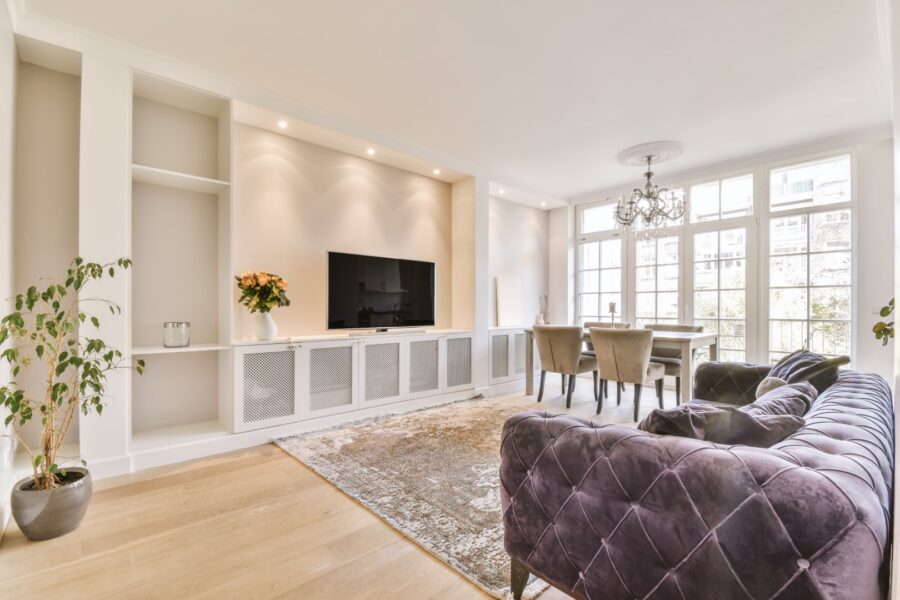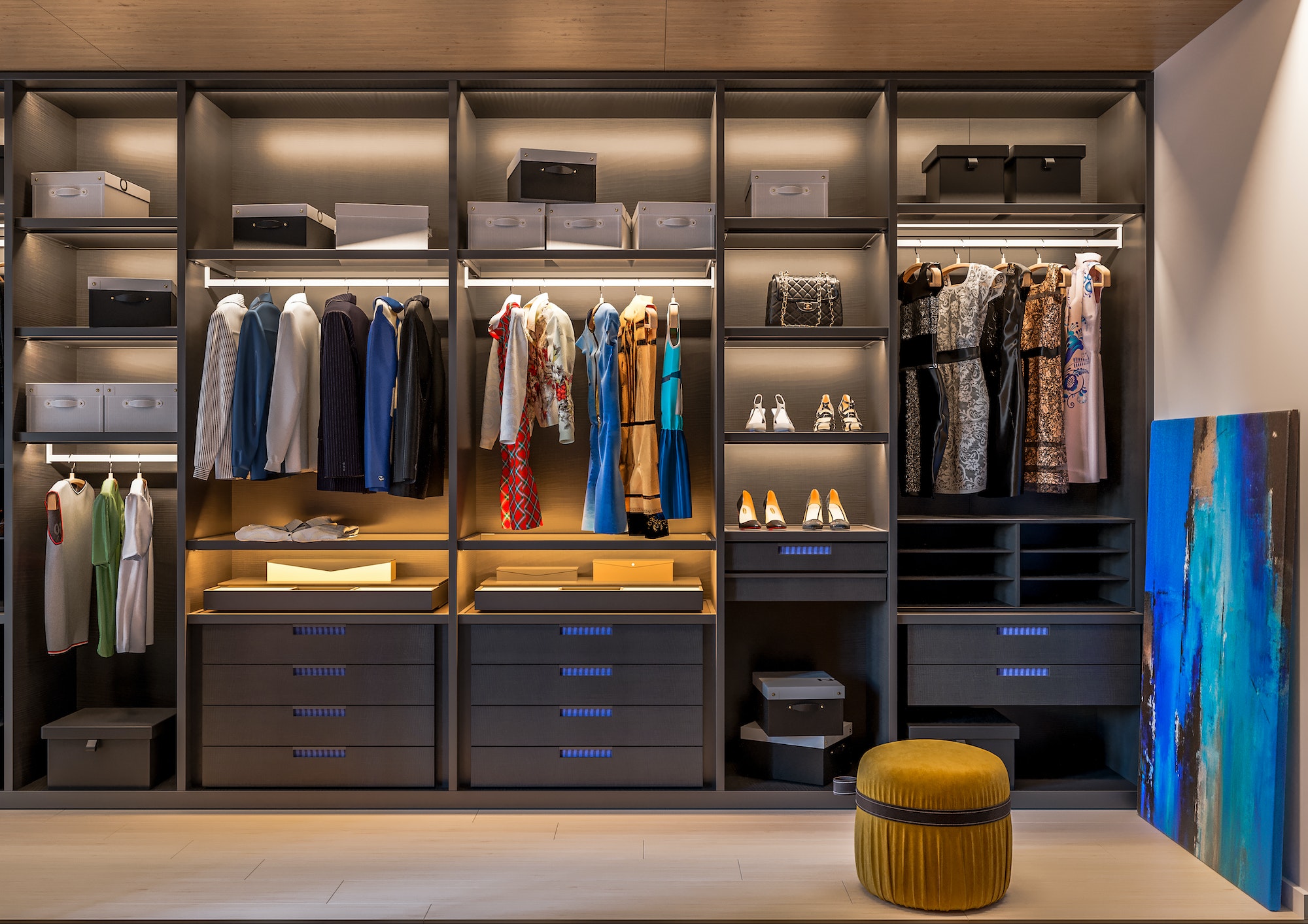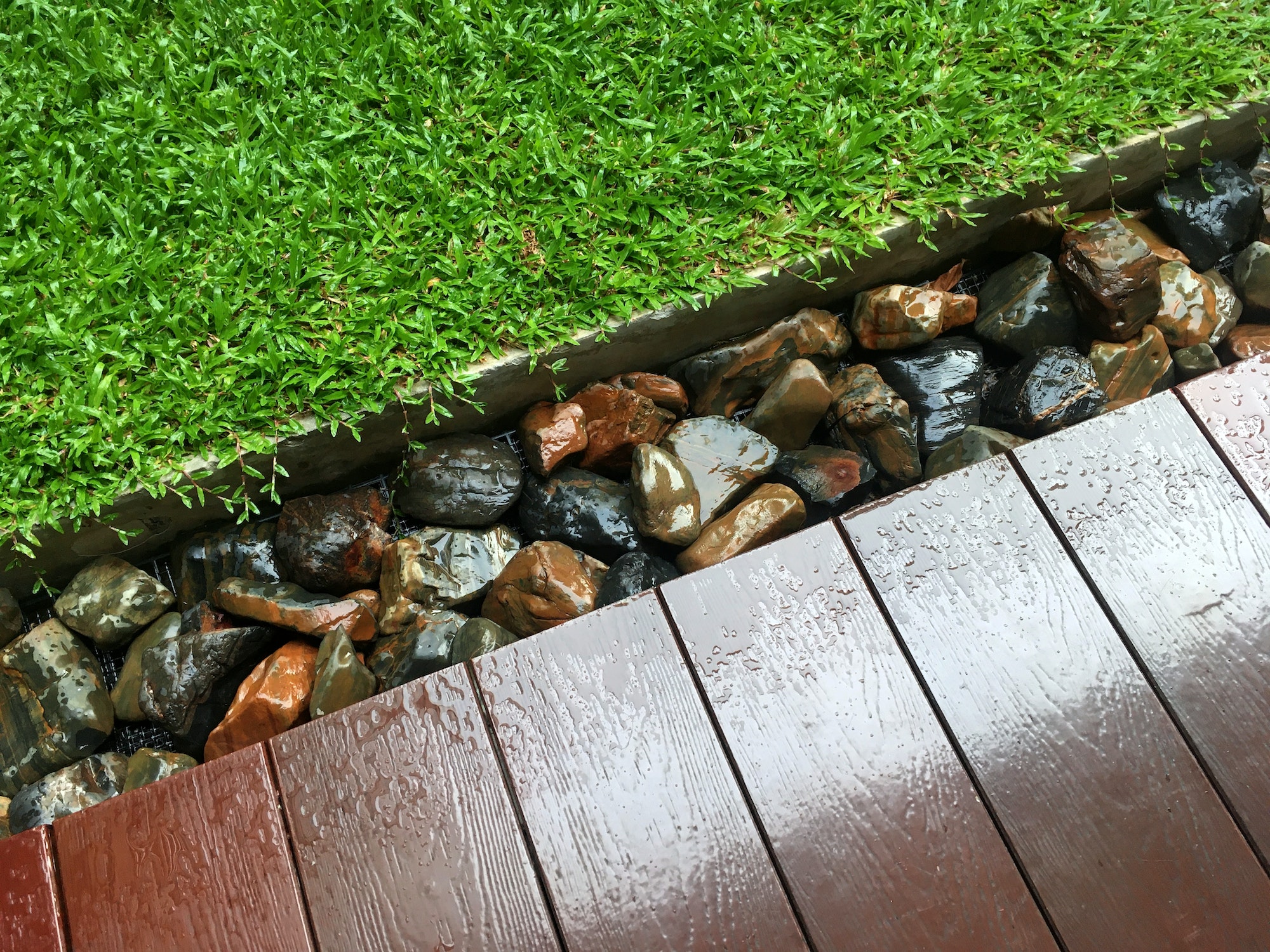Modern 3D rendering can be used by anybody these days. There are free computer animation and visualization programs on the Internet right now that you can download and use. They have hundreds of free online tutorials and plenty of support from the CGI 3D modeling community. Still, even with this free software and easy access, there are four technological advancements that are helping keep things moving within the interior design industry.
1. Virtual Reality
Modern virtual reality headsets are finally making some headway into becoming usable tools and gaming devices. They still have a long way to go, but people creating experiences for VR are certainly having an easier time.
An interior designer or architect is going to create a 3D model of his or her design anyway. The designer simply adds the model into the VR environment. If the environment has already been primed for the addition of new elements, it is actually quite easy. It is the sort of thing you get better at as you work on it more and more, easily and quickly swapping out one house and one design for another. Technology has a long way to go, as does usability, but soon we will have interior designers loading their models into the VR world through their phones so that clients at home can put on their headsets and walk through their designs.
2. Cloud Computing Services
Back in the old days, you needed to have server rooms if you wanted to create 3D models and designs. You created your designs, you sent them to the server room and you waited for it to be generated and rendered. Then, more recently, you bought a high-end computer and you let it render through the night with the hopes it didn’t stall or freeze while you were out.
Nowadays, you don’t even need a high-end computer. You send your design off to a company like RebusFarm and they will do the rendering and generating for you. They do all the processing work so that you can keep using your computers to continue your designs or perhaps
3. Augmented Reality
Let’s say you design something that goes on a back wall. You can send them a model that they can manipulate, or you can set the design in virtual reality. Or, you can create a model that can be used in AR. The user simply loads the design onto their phone and aims their camera at the back wall. The design then appears on the back wall. The user gets to see it and can even take a photo if they want. The future of this technology includes allowing people to change the designs to suit their needs. For example, the design on the back wall could have a toggle that allows people to change its color.
4. Processing Power
Let’s first consider how well your computer can now handle complex designs. Plus, if you have a sizable amount of RAM, designing becomes more convenient and less shaky. Now, consider the fact that VR is something you can use on your PC, and that AR is something you can use on your phone. Just a few years ago, having a piece of AI technology impose a modeled design into a real-world view screen would have been almost impossible.
We didn’t have the processing power, it would have burned a hole in your hand, but these days, we can do it with ease. Plus, thanks to how China has kept its currency at a very low value, and thanks to how much it pollutes, processing units and advanced smartphones are affordable to almost everybody in the developed world.




